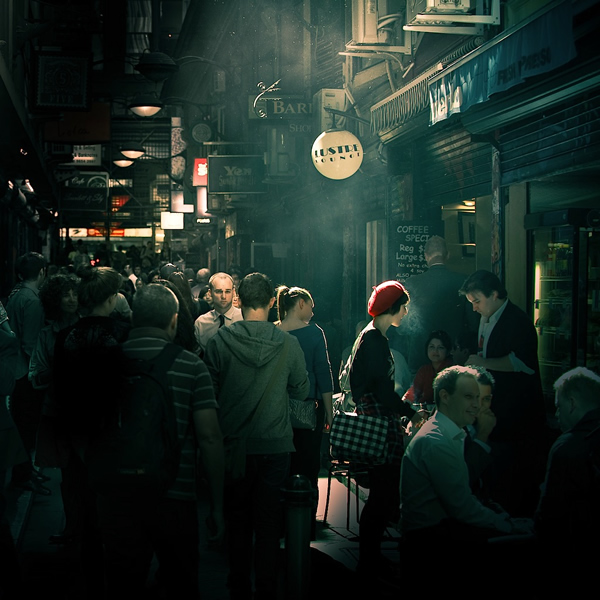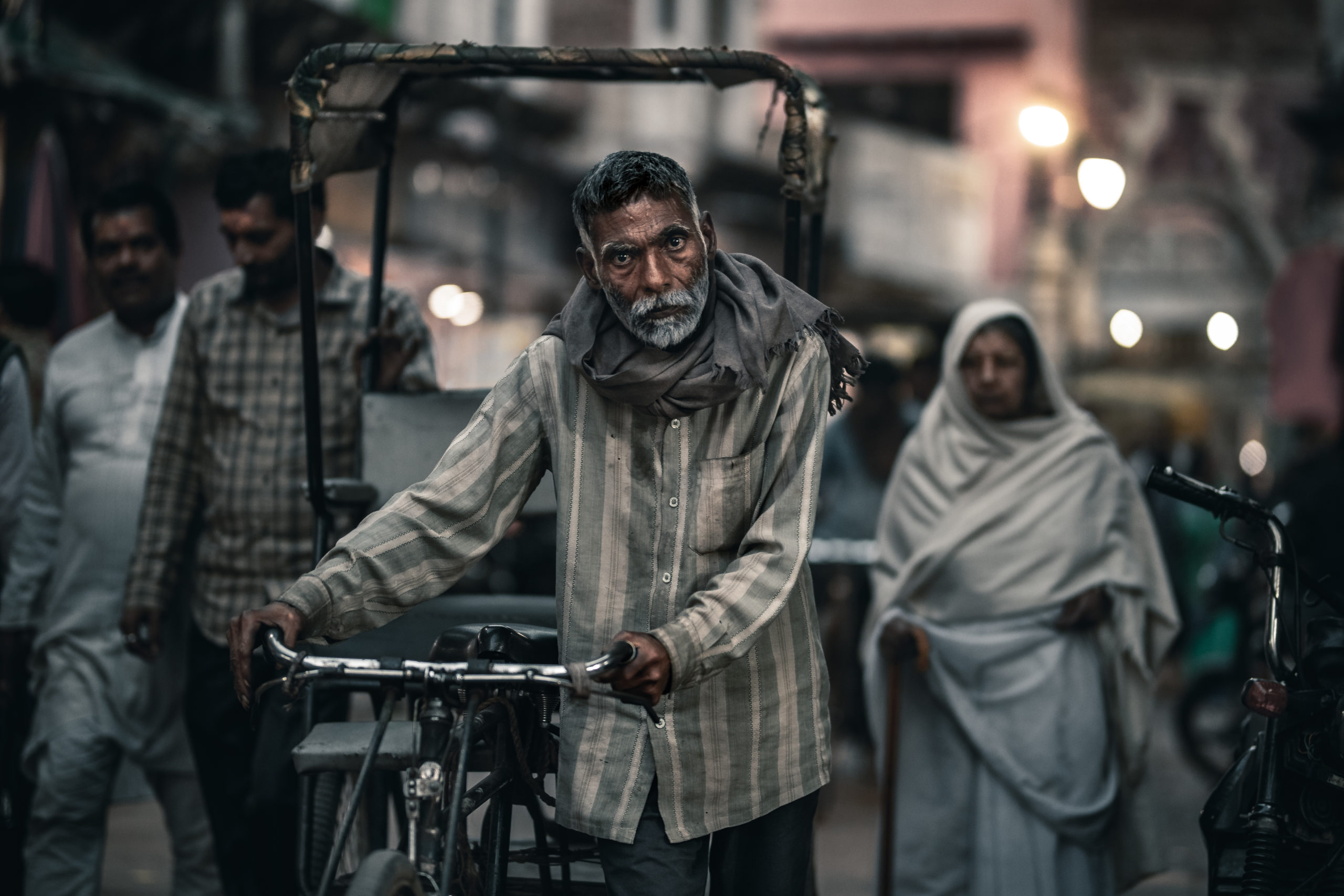Street Photographers Can Be Fun For Everyone
Not known Facts About Street Photographers
Table of Contents4 Easy Facts About Street Photographers ExplainedHow Street Photographers can Save You Time, Stress, and Money.9 Easy Facts About Street Photographers ShownAll about Street PhotographersThe Definitive Guide for Street Photographers
Street photographers do not always have a social purpose in mind, however they favor to isolate and capture moments which could otherwise go undetected.Though he was influenced by most of those who influenced the street digital photographers of the 1950s and '60s, he was not primarily curious about recording the spirit of the road. The impulse to aesthetically document individuals in public started with 19th-century painters such as Edgar Degas, douard Manet, and Henri de Toulouse-Lautrec, who worked side by side with professional photographers trying to capture the significance of urban life.
Unlike Atget, photographer Charles Marville was employed by the city of Paris to produce an encyclopaedic paper of Haussmann's metropolitan preparation job as it unfolded, hence old and brand-new Paris. While the professional photographers' subject was essentially the same, the results were significantly different, showing the impact of the professional photographer's intent on the character of the pictures he produced.
6 Easy Facts About Street Photographers Described
Offered the fine high quality of his photos and the breadth of product, designers and musicians frequently acquired Atget's prints to use as reference for their own job, though industrial passions were rarely his main motivation. Rather, he was driven to photo every last remnant of the Paris he liked. The mingled enthusiasm and necessity of his mission shine through, leading to pictures that tell his own experience of the city, high qualities that expected street digital photography of the 20th century.

Unlike his peers, Brassa made use of a larger-format Voigtlnder video camera with a much longer direct exposure time, requiring him to be more computed and thoughtful in his practice than he could have been if utilizing a Leica. (It is assumed that he might not have actually been able to afford a Leica back then, however he did, nonetheless, use one in the late 1950s to take colour photos.) Brassa's pictures of the Paris abyss illuminated by man-made light were a revelation, and the collection of the collection that he published, (1933 ), was a major success.

An Unbiased View of Street Photographers
It is since of this fundamental understanding of the my site art of photo taking that he is usually credited with rediscovering the medium around once again about a century since its invention. He took photographs for more than a half century and influenced generations of professional photographers to trust their eye and intuition in the moment.
These are the concerns I shall attempt to respond to: And after that I'll leave you with my own interpretation of road digital photography. Yes, we do. Allow's start with defining what an go to this website interpretation is: According to it is: "The act of defining, or of making something precise, distinctive, or clear".
No, definitely not. The term is both restricting and deceiving. Seems like a road digital photography need to be photos of a streets best?! And all road photographers, other than for a handful of outright novices, will totally value that a street is not the essential part to road photography, and in fact if it's an image of a road with maybe a few dull individuals not doing anything of rate of interest, that's not road photography that's a snapshot of a street.
About Street Photographers
He makes a legitimate factor do not you assume? While I concur with him I'm not sure "honest public photography" will certainly catch on (although I do kind of like the term "candid photography") because "road photography" has actually been around for a lengthy time, with numerous masters' names affixed to it, so I believe the term is here to remain. Street Photographers.
You can shoot at the coastline, at a festival, in an alley, in a park, in a piazza, in a cafe, at a gallery More hints or art gallery, in a city terminal, at an occasion, on a bridge, under a bridge ...
Street Photographers Can Be Fun For Everyone
Yes, I'm afraid we scared no choice! Without regulations we can not have a meaning, and without an interpretation we don't have a category, and without a genre we don't have anything to specify what we do, and so we are stuck in a "guidelines definition genre" loop! - Street Photographers
